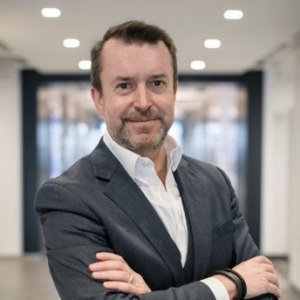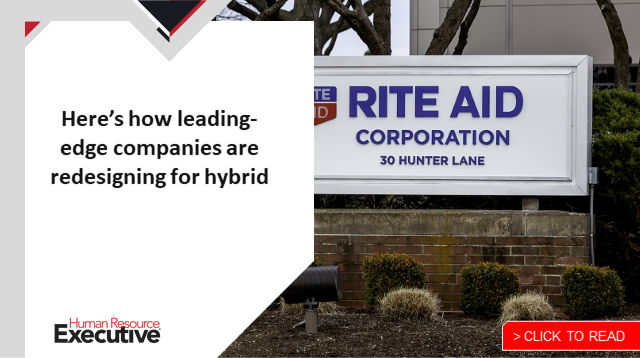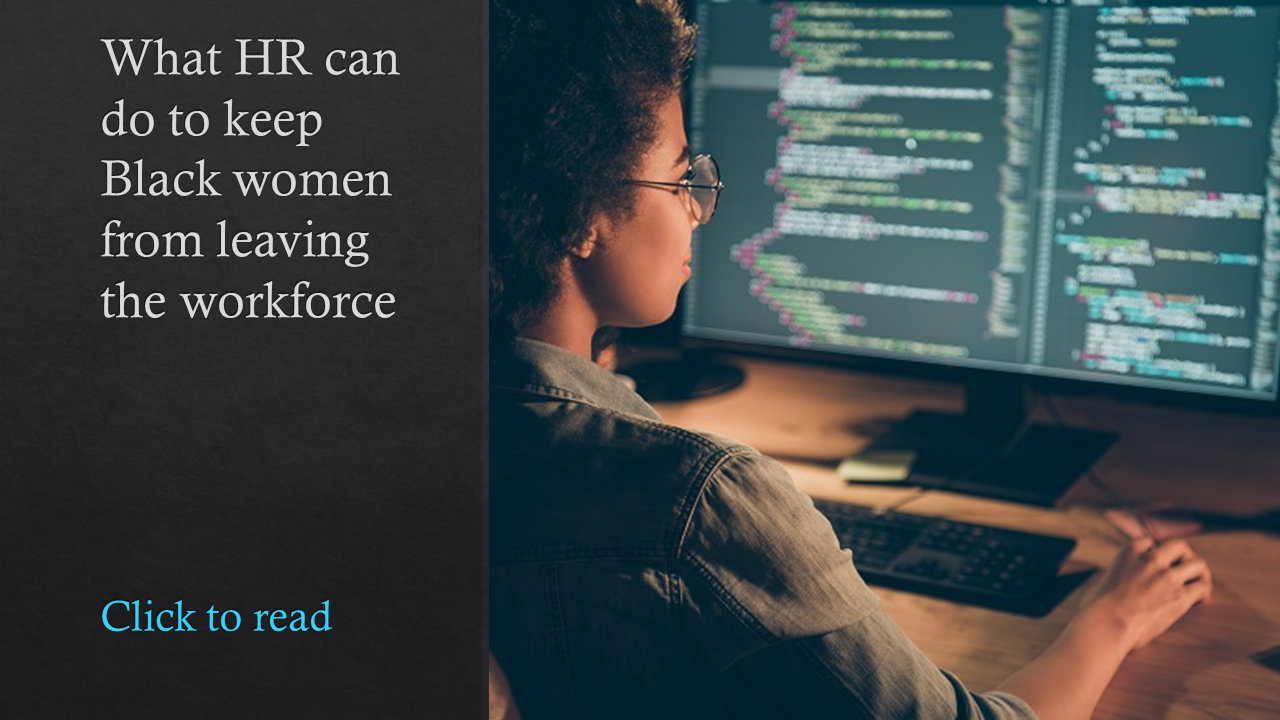While many companies have shuttered on-site locations over the last two years, beauty brand L’Oréal USA is taking a different path, with the launch of a new West Coast headquarters in California that offers employees access to “connectedness, collaboration and a spirit of community,” according to Stéphane Charbonnier, CHRO of L’Oréal USA.
The El Segundo site was developed with significant input from employees, Charbonnier says, and was designed to support their needs as they evolve with the company’s new hybrid working model. In addition to working toward the building achieving LEED Platinum status, WELL certification is also on the agenda to reflect the company’s commitment to holistic employee health. Among its features, the headquarters includes a Mind and Movement Studio, wellness rooms and plenty of space for both working and socializing, including a café, cabana and gardens featuring fresh produce.
See also: Here’s how leading-edge companies are redesigning for hybrid
It’s a site that, despite employees being allowed to work from home nearly half of the week, prioritizes the “sense of togetherness” at the heart of the company’s culture, he says. Charbonnier recently spoke with HRE about that culture and how the organization has relied on it to thrive through the pandemic.
HRE: What is your HR priority today, compared to when the pandemic started?

Charbonnier: At the start of the pandemic, the primary focus was how to keep our employees safe while continuing to run the business so that we could support our people and continue to service our consumers. There was no blueprint. I think we can all agree that regardless of the company or industry, HR had a tremendous role in this effort, and still does today. We always joke that HR professionals wear many hats, and it has never been truer. The pandemic changed the HR landscape forever, and I’m incredibly proud of my team for how they’ve handled—and continue to handle—these unprecedented circumstances.
The difference now is that we’ve gotten our bearings; we have policies and protocols in place, and we’re better positioned to be agile and respond to this ever-evolving situation that seems to be our new normal. This has allowed us to shift our focus back to our other HR priorities at L’Oréal. Rooted in our “sense of purpose” is our people vision: to be the most inclusive, innovative and inspiring people-driven company to create the beauty that moves the world. To achieve this, we’re focused on the growth and development of our people, creating the next work experience, increasing key capabilities, strengthening talent and transforming our HR organization for the future. There are a number of exciting initiatives in the pipe designed to empower our employees, fuel their development and underscore their impact within the company. The health and safety of our employees will always be our priority, and now we have a better sense of how to balance that in today’s world with our other HR initiatives.
HRE: What was L’Oréal’s process for formulating its return-to-the-workplace/hybrid/remote plan? What role did employee feedback play in those plans?
 Charbonnier: In 2019, we heard from employees that they wanted more flexibility, and we got to work formulating plans for a hybrid work environment at that time. The pandemic only further amplified the need for reinvention. We needed to learn to adapt and also build a safe environment of collaboration in an increasingly remote world so that our community remained engaged, heard, and connected.
Charbonnier: In 2019, we heard from employees that they wanted more flexibility, and we got to work formulating plans for a hybrid work environment at that time. The pandemic only further amplified the need for reinvention. We needed to learn to adapt and also build a safe environment of collaboration in an increasingly remote world so that our community remained engaged, heard, and connected.
As I’ve always said, the “human” portion of “Human Resources” is critical. I value the ability to hear directly from employees on their experiences and embed their feedback into our ongoing plans to craft the future of the workplace into a collaborative, accommodating environment. Employee feedback was paramount in developing our hybrid work model from day one. We started by building a task force, which consistently utilized employee input while formulating plans. They leveraged findings from our annual employee feedback survey and had several touchpoints with elected employee champions across the organization. The task force made sure to present their plans not only to our leadership team but also in different forums with the employee champions. Having these ongoing touchpoints with employees allowed them to identify the main challenges, make adjustments and implement the hybrid work model successfully. As the pandemic evolves, we continue to monitor the situation and listen to our community so we can make changes as needed. There’s always a balancing act between providing flexibility while protecting a key aspect of our L’Oréal USA culture, which is this sense of togetherness.
HRE: What are your thoughts on the “Great Resignation”?
Charbonnier: I look at the “Great Resignation” as a “Great Awakening.” 2020 was a year of clarity, and this is a wake-up call; we must recognize that the way we used to work pre-pandemic is over—the world is different, and we must be intentional with how we’re evolving the workplace for our people as they reevaluate their lives and prioritize what matters to them.
See also: What’s keeping HR up at night? The Great Resignation and more, our survey shows
At L’Oréal, rather than relying solely on recruiting external talent, we see this as an opportunity to really listen to our current employees about how they are feeling and re-engage them on topics that are meaningful to them. We do this through a number of vehicles, such as employee feedback surveys and listening circles, which give us important insights to improve different aspects of the employee experience. This has allowed us to really hone in on what matters to them—training and developmental opportunities, customized careers and opportunities for advancement—but also, more empathy, flexibility and transparency. We consider this part of our new “people deal” we must activate to shape L’Oréal for the future. We are a people-centric organization and believe when you put your people at the heart of the business, everything else will follow.
HRE: How is L’Oréal keeping a focus on diversity, equity and inclusion, despite the disruptions of the pandemic?
Charbonnier: Diversity, equity and inclusion has been a focus for us at L’Oréal for a long time, and the pandemic has not disrupted that. In fact, it has been an opportunity to engage even further with our employee, consumer and community networks.
Throughout the pandemic, we witnessed racial injustices across the U.S., which greatly influenced the socio-political climate and our own L’Oréal community. Internally, we created listening circles to provide a strong sense of connection and togetherness during these difficult times. The goal was to provide an open platform for anyone who wanted to speak up, be heard or listen and be educated on a new perspective. These listening circles really opened my eyes, and those of our other senior leaders, who actively participated and collaborated on ways to drive more equitable and sustainable inclusion.
During this time, we also created managerial guidelines to support leaders in conducting courageous conversations, strengthened our communications around our Employee Assistance Program for those needing extra support and created DEI Think Tanks, which are resource groups for employees across various dimensions of diversity.
More recently, in August, we became the first company worldwide to be EDGEplus certified, a new certification from the EDGE (Economic Dividends for Gender Equality) global standard that enables organizations to go beyond gender and measure the intersectionality between gender and race/ethnicity, gender identity, sexual orientation, age, disability and nationality. This was a tremendous achievement, and I am incredibly proud.
Related: Your insider look at the upcoming Health & Benefits Leadership Conference
HRE: How do you think your global experiences have shaped your outlook on and approach to HR?
 Charbonnier: I think it has helped show me that there is not one way of doing things, and it’s important to be driven by cultural context. I work for L’Oréal USA so I’m constantly approaching things from an American lens, but ultimately, we are a global company, so maintaining a broader view and understanding is critical. I am always in touch with my peers across the globe to get a sense of how they’re approaching things and to share best practices. This global view is also important when it comes to developing our employees. One of the best aspects of L’Oréal is the opportunity to relocate and work in different offices across the world, so for my role, it’s important to keep a pulse on our talent pool and who may be the right fit for positions, regardless of where they are from.
Charbonnier: I think it has helped show me that there is not one way of doing things, and it’s important to be driven by cultural context. I work for L’Oréal USA so I’m constantly approaching things from an American lens, but ultimately, we are a global company, so maintaining a broader view and understanding is critical. I am always in touch with my peers across the globe to get a sense of how they’re approaching things and to share best practices. This global view is also important when it comes to developing our employees. One of the best aspects of L’Oréal is the opportunity to relocate and work in different offices across the world, so for my role, it’s important to keep a pulse on our talent pool and who may be the right fit for positions, regardless of where they are from.
HRE: If you hadn’t gone into HR, where do you think your career would have taken you?
Charbonnier: I am a firm believer that a career is not linear, and you need to build well-rounded experiences. Sometimes that may mean taking a step back or pivoting to something else altogether that you didn’t envision for yourself. This philosophy has been proven true throughout my career and led me to several exciting opportunities. If I really stepped out of my comfort zone, I think I would have loved to be a pastry chef or a race car driver. Maybe in my next life!


